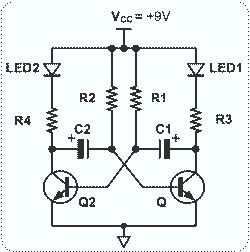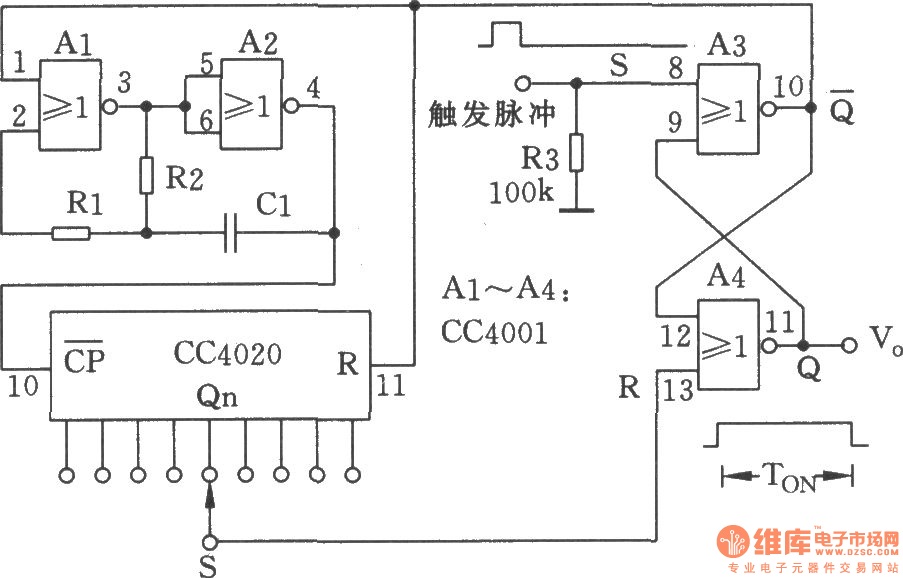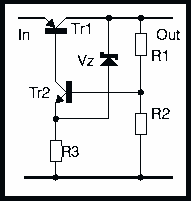
Astable Multivibrator with 2 Transistors

This circuit is straightforward and easy to construct, utilizing two transistors as active components along with several passive components such as resistors, capacitors, and two LEDs. The circuit employs the MPS2222 transistor, though any NPN type transistor can be used as long as the emitter-base voltage remains below 12V.
The circuit operates by leveraging the characteristics of NPN transistors, specifically the MPS2222, which is known for its reliability and efficiency in switching applications. The primary function of this circuit is to control the on/off state of the two LEDs based on the input signal applied to the base of the transistors.
In this configuration, the first transistor acts as a switch that controls the second transistor. When a sufficient voltage is applied to the base of the first transistor, it allows current to flow from the collector to the emitter, effectively turning it on. This action in turn activates the second transistor, which completes the circuit for the LEDs, causing them to illuminate.
The passive components, including resistors and capacitors, play crucial roles in determining the operating characteristics of the circuit. Resistors are used to limit the current flowing through the LEDs and to set the base current for the transistors. Capacitors can be included to filter noise or to create delays in switching, depending on the desired behavior of the circuit.
Overall, this circuit serves as a fundamental example of using transistors in a switching application, demonstrating key electronic principles such as current amplification and the control of load devices like LEDs. It is suitable for educational purposes and can be adapted for various applications in electronic projects.This circuit is basically simple and easy to build, it uses two transistors as active components and a few passive components like resistors, capacitors and two LEDs. The circuit makes use of the MPS2222 transistor. You can use any NPN type transistor as the basis of your circuit provided that, the transistors Emitter-Base Voltage is less than 12V and has a..
🔗 External reference
The circuit operates by leveraging the characteristics of NPN transistors, specifically the MPS2222, which is known for its reliability and efficiency in switching applications. The primary function of this circuit is to control the on/off state of the two LEDs based on the input signal applied to the base of the transistors.
In this configuration, the first transistor acts as a switch that controls the second transistor. When a sufficient voltage is applied to the base of the first transistor, it allows current to flow from the collector to the emitter, effectively turning it on. This action in turn activates the second transistor, which completes the circuit for the LEDs, causing them to illuminate.
The passive components, including resistors and capacitors, play crucial roles in determining the operating characteristics of the circuit. Resistors are used to limit the current flowing through the LEDs and to set the base current for the transistors. Capacitors can be included to filter noise or to create delays in switching, depending on the desired behavior of the circuit.
Overall, this circuit serves as a fundamental example of using transistors in a switching application, demonstrating key electronic principles such as current amplification and the control of load devices like LEDs. It is suitable for educational purposes and can be adapted for various applications in electronic projects.This circuit is basically simple and easy to build, it uses two transistors as active components and a few passive components like resistors, capacitors and two LEDs. The circuit makes use of the MPS2222 transistor. You can use any NPN type transistor as the basis of your circuit provided that, the transistors Emitter-Base Voltage is less than 12V and has a..
🔗 External reference





